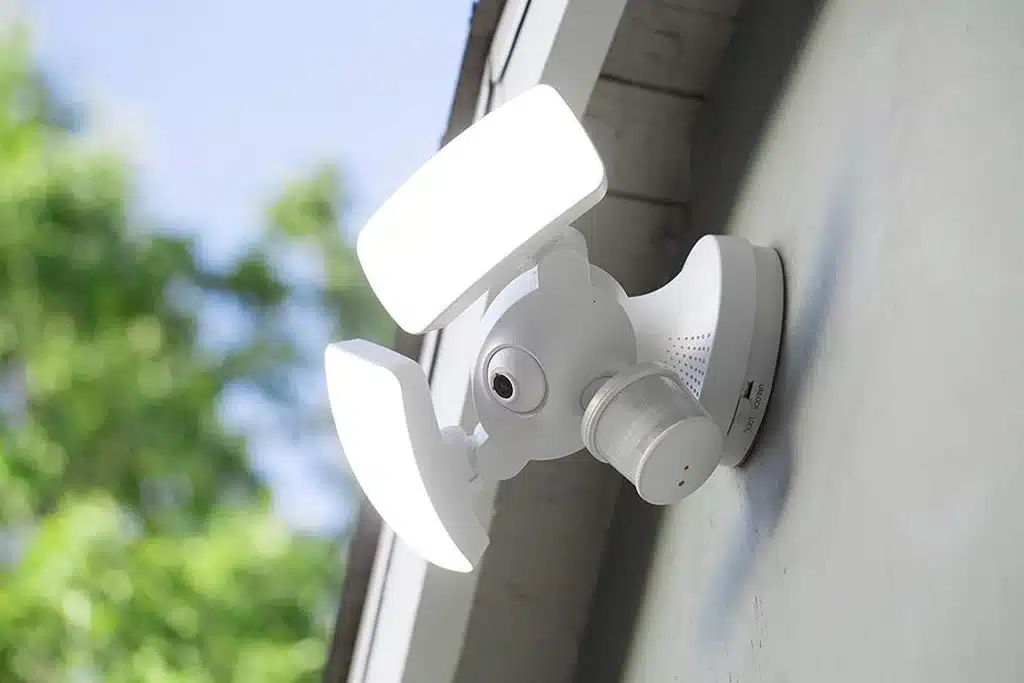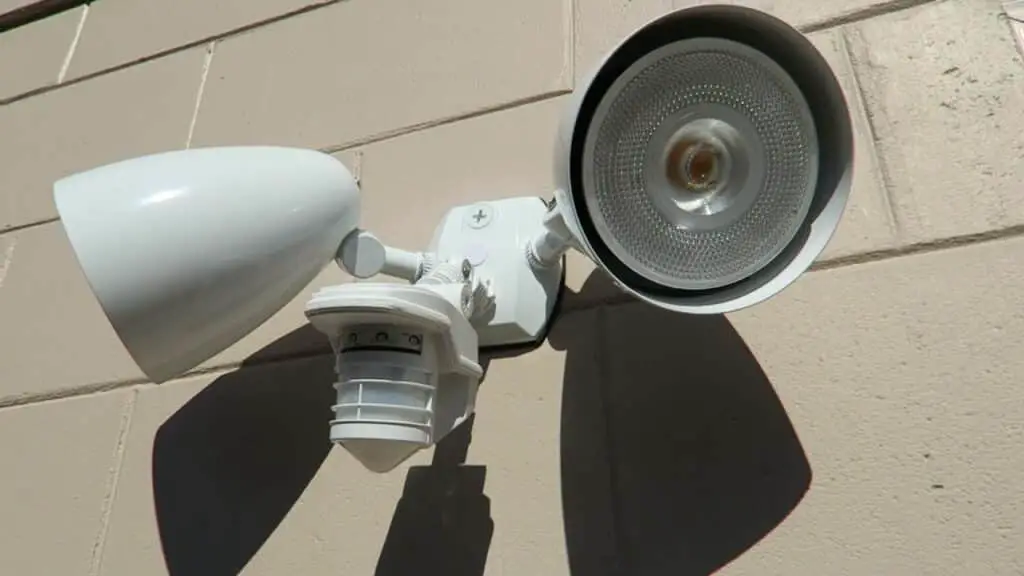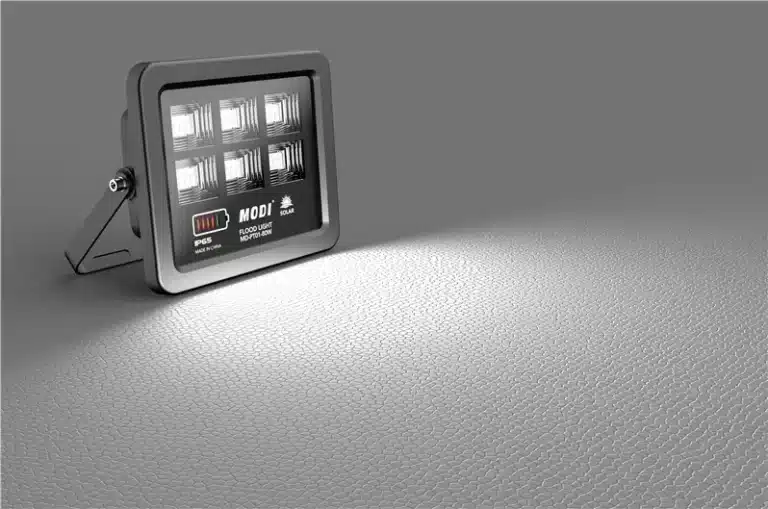Introduction
How To Bypass A Motion Sensor On A Flood Light: Motion sensor flood lights are fantastic security system additions because they deter intruders and illuminate dark regions. You may need to skip the motion sensor temporarily or permanently. Knowing how to circumvent the motion sensor lets you use your flood light continuously or work without it.
Tampering with or disabling flood light motion sensors may violate local laws or risk property security. Thus, using this knowledge ethically and for legal purposes is crucial. Bypassing a motion sensor may increase the danger of unwanted access or diminish your security system’s efficacy, so examine your needs and the potential repercussions before proceeding.
By understanding the principles and techniques involved in bypassing motion sensor battery on flood lights, you can make informed decisions about your security setup and adapt it to suit your individual requirements. To verify the safety and legality of flood light system adjustments, electrical or security experts should be consulted.

How do you bypass motion sensor lights?
One way to disable motion detection and keep the light on is to swiftly flip the motion sensor on and off. Turn the motion sensor off, wait 10 seconds, and then turn it on to return to motion detection mode.
Overriding or disabling motion sensor lighting lets flood lights run continually without motion. Tampering with or disabling motion sensors may be illegal or risk your property’s security, yet there are some ways:
Temporary Override
Motion sensor lights can be temporarily overridden. As instructed by the manufacturer, flashing the light switch off and on many times will do this. This keeps the light on for a certain time before switching to motion-activated mode.
Adjusting Sensor Settings
Some motion sensors have adjustable sensitivity or range settings. By adjusting these settings, you can modify how the sensor detects motion. Lowering the sensitivity may reduce false activations, while increasing the range may extend the coverage area.
Physical Obstruction
Physically blocking the motion sensor is another temporary solution. To inhibit motion detection, cover the sensor with tape or an item. This method may compromise the security system, so use it sparingly.
How do you bypass a flood light sensor?
By rapidly flipping the light switch on and off, this is done. The light will stay on until you manually turn it off at the switch. To utilize the sensor again, turn off the light switch and wait a minute.
Bypassing flood light sensors keeps the light on regardless of motion. However, tampering with or deactivating flood light sensors may violate local laws, undermine property security, or pose safety issues. Bypassing a flood light sensor requires prudence.
Here are some flood light sensor bypass methods:
Manual Override Switch: Some flood lights come with a manual override switch that allows you to turn on the light continuously for a specific duration. This switch is usually located near the sensor or on the light fixture itself.
Adjusting Sensor Settings: Depending on the flood light model, you may have the option to adjust the sensitivity, range, or duration settings of the sensor. By modifying these settings, you can customize the behavior of the sensor to better suit your requirements.
Disconnecting or Removing the Sensor: In some cases, it may be possible to disconnect or remove the sensor altogether. Use caution and electrical wiring knowledge when using this method. Consult a competent electrician before making any changes.
Before bypassing a flood light sensor, it’s crucial to evaluate the potential consequences and consider alternative solutions. If you are unsure or concerned about the process, it is always advisable to seek the assistance of a qualified professional to ensure the safety and legality of any modifications made.
Can you remove the motion sensor from a flood light?
Separate wires from the lighting fixture, motion sensor module, and electrical junction box within the wall or ceiling. Pull the motion sensor module from the wall or ceiling. Electronic devices should be disposed of correctly.
Removeable motion sensors are used in flood lights. Consider the effects before removing the sensor. Remove flood light motion sensors from the fixture and wire. Follow manufacturer instructions or hire an electrician.
The flood light will remain on without manual control if the motion sensor is removed. This can help provide steady lighting for outdoor gatherings or specific lighting needs.
Removal of the motion sensor may damage the flood light’s security-enhancing motion detection. The flood light will no longer operate automatically in reaction to motion without the sensor, which may reduce its effectiveness in deterring intruders or lighting dark regions.
How do you beat a motion sensor light?
A certain wavelength of infrared or near-infrared light can reset some motion detector families. The sensors are blinded for three seconds after the light source is focused at them.
Moving sensor lights should not be “beat” by evading or deceiving them. Security lights activate when motion is detected. There may be valid reasons to temporarily bypass or replace a motion sensor light.
To temporarily override a motion sensor light, you can try the following methods:
Use the manual override switch
Some motion sensor lights have a manual override switch that allows you to keep the light on continuously for a predetermined period. Check the light fixture or refer to the manufacturer’s instructions to locate and utilize this switch.
Adjust the settings
Motion sensor lights often have adjustable settings, including sensitivity and duration. By adjusting these settings, you can customize how the sensor responds to motion. Lower sensitivity may avoid false activations, but greater duration may prolong light illumination after motion detection.
Create a temporary barrier
Create a physical barrier to obstruct or redirect the sensor’s line of sight to work or move inside its range without triggering it. Blocking the sensor may compromise the light’s security and effectiveness, so use it sparingly.

Does a flood light have a motion sensor?
Two categories of outdoor LED floodlights exist. On one hand, fixtures have motion detectors. However, free-standing variants require a motion sensor.
Not all flood lights include motion sensors, but many do. A flood light with a motion sensor provides intense, wide-angle illumination and motion detection.
The sensor turns on the light for a defined time when motion is detected. This function alerts residents to intruders and illuminates dark places, increasing security.
Flood lights with motion sensors can be adjusted for sensitivity, range, and duration. Control sensors with these settings. Reduce false activations from tiny animals or cars and expand coverage.
Is it legal to bypass a motion sensor on a flood light?
Bypassing a flood light’s motion sensor may be illegal based on your locality and regulations. Changes to your lighting system must comply with local building codes.
Depending on your jurisdiction and circumstances, bypassing a flood light motion sensor may be lawful. Tampering with or deactivating a motion sensor without permission may be illegal or against local laws.
Tampering with security motion sensors can undermine system operation. Intentionally evading a motion sensor may enhance property security or safety risks. Before bypassing a flood light motion sensor, check local laws and construction codes.
In some places, only licensed electricians can modify electrical systems, including motion sensor lights.
A certified electrician or security specialist can help you make safe, legal, and security-system-preserving changes.
What tools and materials do I need to bypass a motion sensor on a flood light?
The tools and materials you might need can vary depending on the specific flood light model. In general, you may require a screwdriver, wire cutters/strippers, electrical tape, and wire connectors.
Here are some tools and materials that may be helpful:
Screwdriver: To remove the sensor screws from the flood light housing, a screwdriver is usually needed.
Wire cutters/strippers: These tools are useful if you need to cut or strip wires while making modifications to the motion sensor or its connections.
Electrical tape: Electrical tape can be used to insulate and secure any exposed wires or connections to ensure safety.
Multimeter: A multimeter can test voltage, continuity, and other electrical properties. It helps debug and verify connections.
Replacement components (if necessary): Depending on the extent of the modifications, you may need replacement components such as a manual override switch or a different type of sensor.
It is essential to approach modifications to a motion sensor on a flood light with caution. To ensure safety, compliance with regulations, and security system integrity, consult a competent electrician or security specialist before making any changes.
How can I identify whether my flood light has a motion sensor?
Most flood lights with motion sensors have a small sensor module attached to the light fixture. It usually appears as a small round or rectangular device located near the bulb. Additionally, you can refer to the product manual or contact the manufacturer for specific information about your flood light model.
To identify whether your flood light has a motion sensor, you can follow these steps:
Observe the light fixture: Carefully examine the flood light fixture to see if there is any visible component that resembles a motion sensor. The sensor is typically a small, often round or rectangular-shaped device located near the bulb or integrated into the housing.
Check the manufacturer’s documentation: Refer to the product manual or documentation that came with the flood light. It usually provides information about the features and specifications of the light, including whether it includes a motion sensor.
Look for adjustable settings: Motion sensor lights often have adjustable settings such as sensitivity, duration, or range. If your flood light has controls or buttons on the fixture or a separate control panel, it may indicate the presence of a motion sensor.
Test the light’s behavior: Stand in front of the flood light and move within its detection range to see if it activates in response to your movement. Motion sensors activate lights that switch on automatically.
Can bypassing a motion sensor void the warranty of the flood light?
Yes, modifying or bypassing the motion sensor of a flood light may void its warranty.
Bypassing a flood light’s motion sensor may violate the warranty, depending on the manufacturer’s regulations. Many warranties indicate that unauthorized product modifications void the warranty.
Flood lights usually come with a guarantee that covers material and workmanship defects for a certain time. The warranty guarantees product functionality and consumer safety. However, bypassing or modifying the motion sensor changes the product’s design and operation.
To evaluate the warranty impact, thoroughly analyze the manufacturer’s warranty terms and conditions. Check for modification, tampering, or altering provisions. Bypassing the motion sensor could void the warranty if it indicates that illegal changes void it.

Conclusion
Bypassing a motion sensor on a flood light can be a useful skill to have, allowing you to customize the operation of your security system according to your specific needs. However, it’s important to approach this knowledge responsibly and within the boundaries of the law. Tampering with or disabling motion sensors without proper authorization may compromise the security of your sensor light property and could potentially have legal ramifications.
Use these approaches only after evaluating the risks and consequences. Consult a competent electrician or security specialist before making any changes. They can advise you and guarantee that any changes are safe, effective, and compliant with local laws.
Remember that motion sensors play a crucial role in detecting and deterring unwanted intruders, enhancing the overall security of your property. By bypassing or disabling them without proper consideration, you may compromise the effectiveness of your security system.

